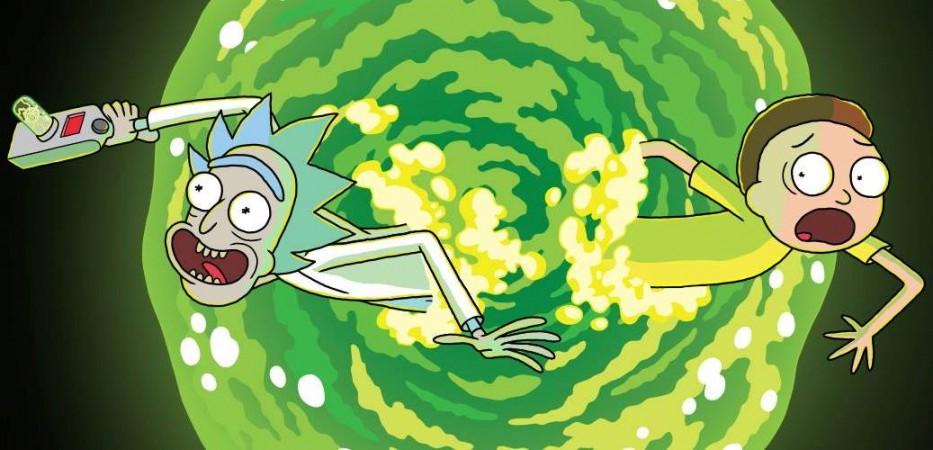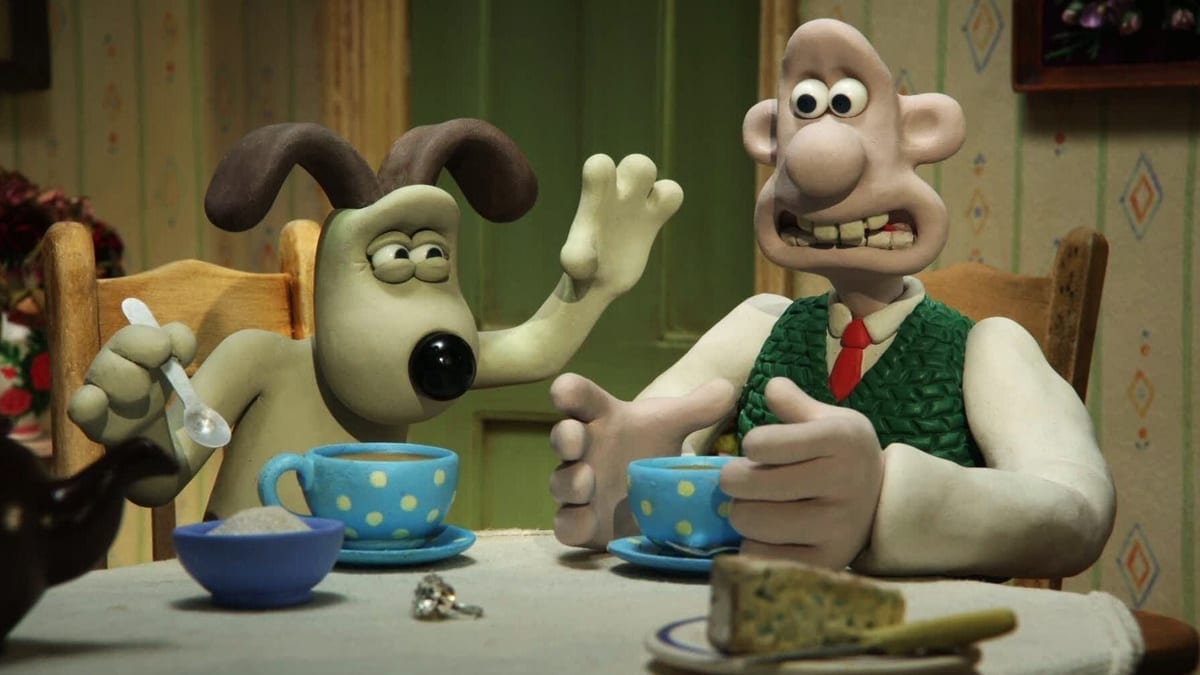The adult animated sitcom is an iconic staple of US television. Genre giants – The Simpsons, Family Guy, Futurama, South Park, etc – have left a lasting mark on popular culture and continue to inspire new animated TV series’ to this day. So, where is the British equivalent? For all the South Parks and Family Guys of the world, there is, what seems to be, absolutely nothing made in Britain. Perhaps the cost of producing original animated series just isn’t justifiable over here; perhaps these American imports don’t perform well on British television.
Adult Swim’s Emmy award-winning animated series, Rick and Morty, recently made its long-awaited return to the UK small-screen, with the second half of the fourth series airing from the 7th May on E4. Because of the genre’s non-existence in the UK, I expected that Rick and Morty would have earned itself a mild audience at best – it would make sense after all. However, what I found was the opposite.

However, according to Thinkbox’s top programmes report, Rick and Morty was able to successfully hold its own against E4’s entire established catalogue. It was the channel’s fourth most popular broadcast from the week of May 11th – May 18th. Much more impressively, fan demand for the series was so large that the initial release of series four was pushed forward an entire two months, from January 2020 to November 2019. As Ian Katz, Director of Programmes at Channel 4 stated:
“When we announced we would be airing ‘Rick and Morty’ series four on free-to-air TV in January we thought fans would be delighted. Instead they told us – in their droves – that it wasn’t nearly soon enough, so we’ve listened and brought forward the UK premiere to November 20th on E4 and All4. Enjoy!”
The series is also seeing great success on UK streaming platforms; it’s frequently featured on All4’s “most popular” tag and is often trending on UK Netflix. If a series like Rick and Morty has enough interest in Britain for a network to air it an entire two months earlier than intended, surely we would at least have one of our own. Feeling that one of my favourite genres has been horribly mistreated and under-represented in my own country, I decided to look back through the history of British TV animation to answer my question: what on earth happened?
The “Golden age” of British television animation
The Simpsons first debuted on Fox in December 1987, and its impact on popular culture was inescapable. It was an instant phenomenon, single-handedly shaping the modern animated sitcom, and tearing open the door for adult-aimed animated programming in the US. Britain never had a Simpsons; a classic cartoon for adults and children alike that was both wildly successful and critically adored. This is possibly the biggest factor in why the medium is almost non-existent here today, the door remained closed.
In the 90s and early 2000s there were a slew of attempts from British networks to replicate this success. Channel 4 in particular became a safe haven for British animation, spear-headed by Clare Kitson, Commissioning Editor for Animation throughout the 90s. Kitson helped guide Channel 4 through a golden age of animated programming. Through its schemes, “Animate” and “Animators in Residence”, the network was able to gather the brightest and most innovative new talent in the industry.
This didn’t go unnoticed, with Channel 4-sponsored animation dominating Oscar nominations for best animated short, and winning twice (Creature Comforts in 1989, and Bob’s Birthday in 1993). Thanks to Kitson’s efforts, the network increased their budget for animation in 1994, giving her the freedom to commission series rather than just shorts.
Candy Guard’s animated sitcom, Pond Life, was commissioned by the network in 1996. Guard’s unique minimalist art style and quirky relatable scripts make this show a joy to watch and earned it several awards. It even received a Writer’s Guild nomination for best sitcom, especially impressive when considering it was competing against iconic live-action series like Only Fools and Horses. Guard was particularly pleased with this fact.

Crapston Villas was a stop motion series created by Sarah Ann Kennedy (who also voiced Pond Life’s protagonist, Dolly Pond) featuring a morbid look into London life, set in dim apartment blocks, with a dark sense of humour. The show picked up a cult youth audience and ran for two series from 1995-1997. The Oscar-winning short, Bob’s Birthday, was fleshed out into its own series, Bob and Margaret, in 1998. It’s notable for its success overseas, especially in Canada, where it remains the most successful Canadian-made animated series of all time (despite originating in the UK, it was animated in Toronto).
As I was first discovering this, it all sounded fantastic – I had no idea Britain had such a rich history of animated TV. This only made the current situation more confusing, however. How did British TV go from such a vivid catalogue of adult-animated series to nothing at all? The answer is depressingly predictable: despite substantial critical success, most of these series were cancelled early on due to poor ratings.
Reasons for this varied between shows – like scheduling conflicts with the hit Australian soap opera Neighbours in the case of Pond Life – and few, if any, series were seeing consistently decent ratings. For Channel 4 in the early to mid-90s, these failures did not matter. Their advertising revenue was more than enough to continue experimenting without risk, and their unique remit to push for innovation gave them the reason to do so.
Unfortunately, as more commercial channels arose in Britain over this period, competition for advertisement revenue increased. Channel 4’s funding had significantly diminished by the end of the 90s and reckless experimentation was no longer viable. Somewhat bizarrely, it’s speculated that Jamie Oliver can be held partially accountable for this, as his involvement in reducing fast-food advertisements on television may have had an impact on falling revenue.
Animation was hit hard, and channels started dropping series for cheaper American alternatives. Despite its cult following, Crapston Villas was cancelled by Channel 4’s new Head of Television, Michael Jackson, and replaced by South Park. Eventually, a lack of funding, low ratings, and cheaper alternative programming with the rise of American imports and talent shows in the early 2000s, spelled the end for this golden age of British animation.
Check in with us tomorrow in Part Two as we look at both the current state of British animation & its future…
Words by Joe Cromarty
Support The Indiependent
We’re trying to raise £200 a month to help cover our operational costs. This includes our ‘Writer of the Month’ awards, where we recognise the amazing work produced by our contributor team. If you’ve enjoyed reading our site, we’d really appreciate it if you could donate to The Indiependent. Whether you can give £1 or £10, you’d be making a huge difference to our small team.
